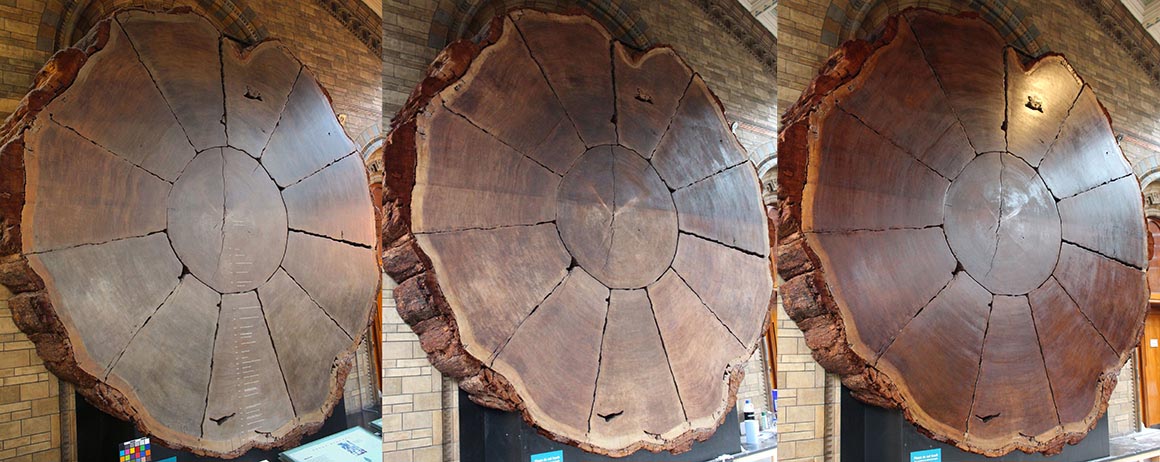FORT SMITH, Ark – Did you know that trees have their own beauty pageant? Well, they do. In 1940, American Forests (called American Forestry Association at the time) spearheaded the National Register of Champion Trees to locate the largest living trees throughout the United States. The goal was to raise awareness of the importance of preserving mature trees, not only for their beauty, but also for their ability to protect watersheds, absorb greenhouse gases, and provide habitats for wildlife. More than 75 years later, this program is still running strong, with more than 700 Champion Trees registered to date. However, nearly 200 species are still not accounted for, and you can help fill that gap. All you’ll need is a measuring tape, a ruler, and a big tree.
You don’t have to look far to find one of these national champions, as all 50 states participate in the campaign. I’ve had the privilege of visiting the sites of a few Champion Trees, and, let me tell you, they’re impressive! I sat back and stared in awe when I considered not only their size, but also each tree’s age. Many of these champions were just wee saplings during the Civil War, with others dating back even further.
Now, you may be thinking you need to locate a tree like the famed giant sequoia in Tulare County, California. This beautiful giant measures in at a whopping 274 feet high, with a circumference of 1,020 inches! That’s big. But don’t worry, not all champions are so large. In fact, most champions would be considered tiny by comparison — they’re just giants for their own species. For example, the largest chaste tree is 24 feet tall and 132 inches around. It’s small by the sequoia’s standards, but huge compared with the standard 10-to-15-foot-tall chaste trees growing in most yards.

